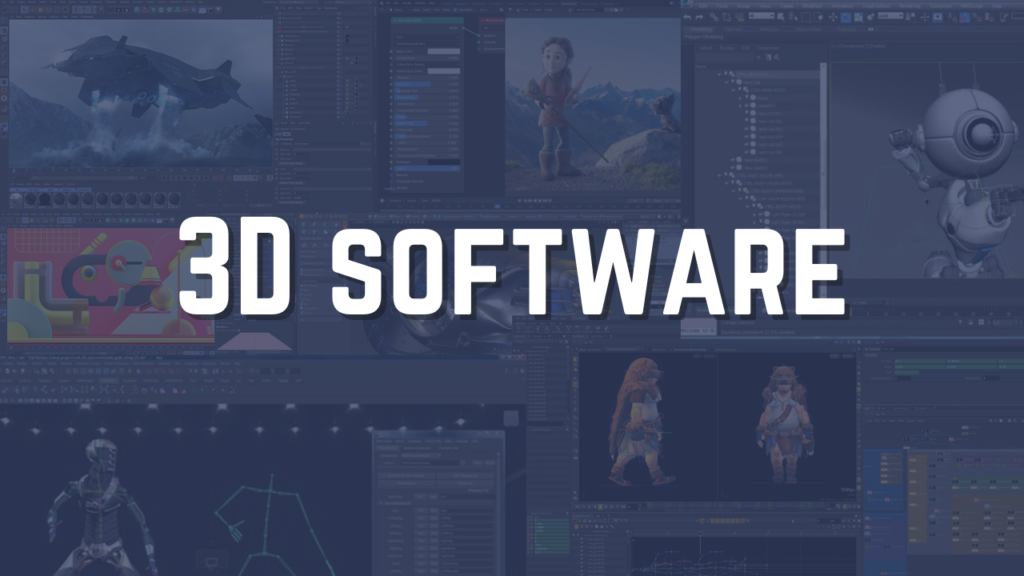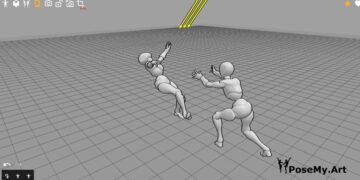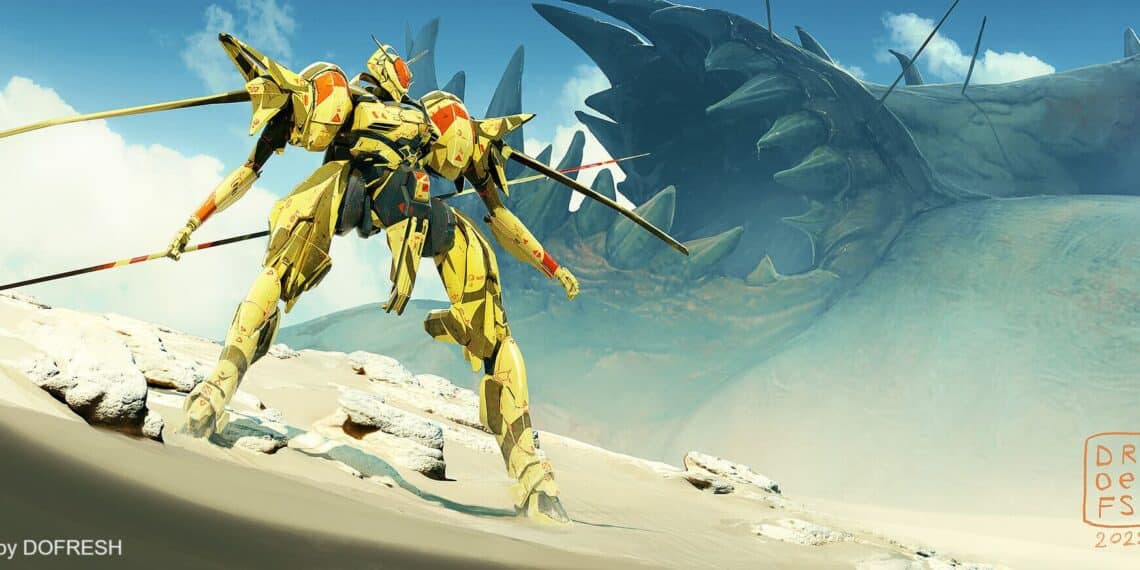3D modeling as we know it is taking over a big portion of visual arts, media and entertainment today which is cool in my opinion. It is practiced by amateurs and professionals from all the different fields, making it one of the most popular, or let’s say, one of the most essential parts in many industries.

I mean if you want to create cool stuff, animate something interesting and do anything else there is no limit. The history of 3D modeling and animation throughout the years can tell you this much for sure.
When we take a look back at less than a century ago, 3D modeling wasn’t even a thing and there were only concepts written on papers in the form of mathematical equations and theories promising a bright future, I guess they never knew what was coming.
Today, we’re going to talk about the history of 3D modeling and animation, and how it became gradually part of our everyday lives.

How did the history of 3D animation start?
In the 1950s, computers saw a big leap in performance and technology. They were developed especially for military and scientific purposes. Far from imagining the fact that artists would be able to benefit from that a few decades later.
The history of 3D modeling software started in 1963. The first 3D software ever developed was Sketchpad, a.k.a. Robot Draftsman, by Ivan Sutherland.

It was running on one of the biggest machines in the world, MIT’s Lincoln Labs’ TX-2 computer. You need a truck to move that thing! (you should be grateful for how computers has become today).
The program was interactive and allowed users to draw basic elements such as points, line segments and arcs directly on the computer’s 7 inch monitor using the so-called light pen.
Personally, I was stunned when I learned about the pen because I thought that it was an invention of recent time. It was also possible to add modification to the 3D objects such as position, rotation, erase…etc.

In 1964, the collaboration between General Motors and IBM that started in 1960 was a success. They developed DAC-1, which stands for Design Augmented by Computer, one of the earliest computer aided design systems that was used to speed up the workflow of car production with quicker and better car visualization.
This one also used a light pen and a set of buttons as inputs to allow users to manipulate images but also draw, create, rotate… etc.
These two software represent the two first major steps toward the history of computer animation in 3D.

In the 1970s, a lot of progress happened. Starting with the release of ADAM which stands for Automated Drafting And Machinery in 1971, that contributed a lot to the availability of Computer aided design to people, as it was designed to run on as many machines as possible.
During the next few years, universities were working hard and discovering more efficient technologies for 3D visualization. At the University of Utah, new shading techniques were discovered for better rendering of lighting, reflection and shading.
To test his algorithms, a researcher from the same university called Martin Newell created, in 1975, a 3D model of an ordinary teapot which became the world’s most famous object within the computer graphics community and the benchmark model for the upcoming 3D software. We talked about it in detail in our Utah Teapot article if you want to find out more.
What was the first 3D animation?
Three years earlier, two students of Ivan Sutherland, Edwin Catmull and Frederic Parke, created the world’s first 3D rendered movie ever. It featured an animated model of Ed’s hand and face animations of several head models that represented the first CG physically modeled human face and hand.
Edwin Catmull is also the one who discovered texture mapping and depth buffering in the computer graphics field.
The 1980s saw the release of several 3D modeling software; for example Rhinoceros in 1980, that was based on b-spline modeling, AutoCAD in 1982 in which 3D modeling tools were introduced in 1985 with the release of AutoCAD 3D in addition to ArchiCAD in 1987, the first architectural BIM CAD software…etc.

But these were mainly targeting professionals of industrial design only. Nonetheless, the 80s were the beginning of the emergence of 3d in movies and video games; as we had the first extensive use of 3D animation in an action-adventure film named Tron in 1982, the first photorealistic CGI character in the Young Sherlock Holmes 1985 movie and the first digital water simulation in The Abyss in 1989.
Whereas in the first 3D video games, 3D models were wireframes for better handling of performance and real time interaction. Battlezone was one of the most famous, to not say the most famous, among the first 3D video games of that era.

In the early 1990s, the modern 3D modeling as we know it today became a thing. With the release of today’s most famous 3D software such as Cinema4D(1990), MODO(1990), Blender(1994), 3Ds Max(1996) or Houdini FX(1996) Maya and so on.
But the thing is accessing professional programs was extremely expensive and hard to get the hardware that can run them in the first place. But overtime it was becoming more and more affordable to everyone, which allowed many hobbyists to learn and create 3D models from their homes.

We also have seen a big leap of 3D usage in movies visual effects, for example 1991’s Terminator 2 CGI for achieving the first realistic CGI character movements, and Jurassic Park in 1993 with its photorealistic dinosaurs, also The Titanic movie in addition the most famous movies, which is the first 3D feature-length animation Pixar’s Toy Story in 1995.

Conclusion
Also for those who wanted to learn, Digital art schools like Digital Tutors, and Gnomon Workshop began to show up in the early 2000s in many others as well, and online courses of every 3D software were being available for everyone having access to the internet. Learning 3D has never been that accessible before. And a huge number of 3D video games and movies were being released. 3D became the next step to achieve for every company.
With the growth of Youtube, people were, and still are, sharing free 3D modeling tutorials everyday, there is no excuse for you if you are a hobbyist to not learn and also be good at it. there are more great 3D artists out there and you can be one of them.































